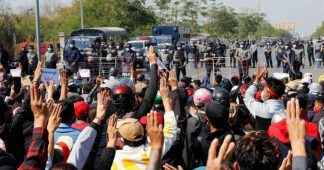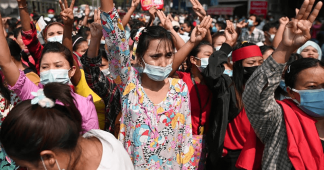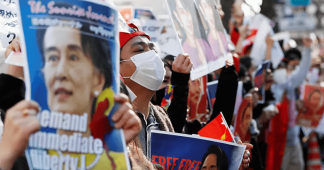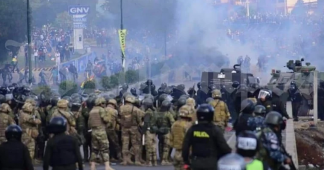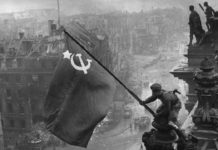Myanmar – yesterday, today and a new tomorrow
Following the death scores of pro-Democracy protestors in Myanmar over the weekend, the future of this blighted country looks bleak. But the lessons of history and the changes in Myanmar society show the junta can’t win in the long run.
ByChris Lamb
Mar 29, 2021
Photo: Myanmar Now
A lot has been written about Myanmar since the military takeover in the hours before dawn on 1 February. Much of it has been about the violence on the streets, which after a weekend when at least 114 people were shot dead is understandable. But more needs to be said about the reasons for the coup, the historical context for what we see today, and how both affect what is happening in full public view before an increasingly critical global audience.
It is time to tick a few boxes.
The Past
The first time an elected government was removed in Myanmar was in 1962 when the Tatmadaw (armed forces) commander, General Ne Win, overthrew Prime Minister U Nu and abolished the 1947 independence constitution. It was an almost bloodless event that at the time many people saw as a logical and not unreasonable reaction to fears of the imminent disintegration of the then Union of Burma.
It was only later that Ne Win’s Revolutionary Council made up entirely of Tatmadaw officers launched what was known as the “Burmese Way to Socialism” and ultimately the end of Burma as a prosperous nation. Socialism was, however, used by Ne Win as the ideological glue binding the Tatmadaw and the civilian bureaucracies.
Continue reading at myanmar-now.org
